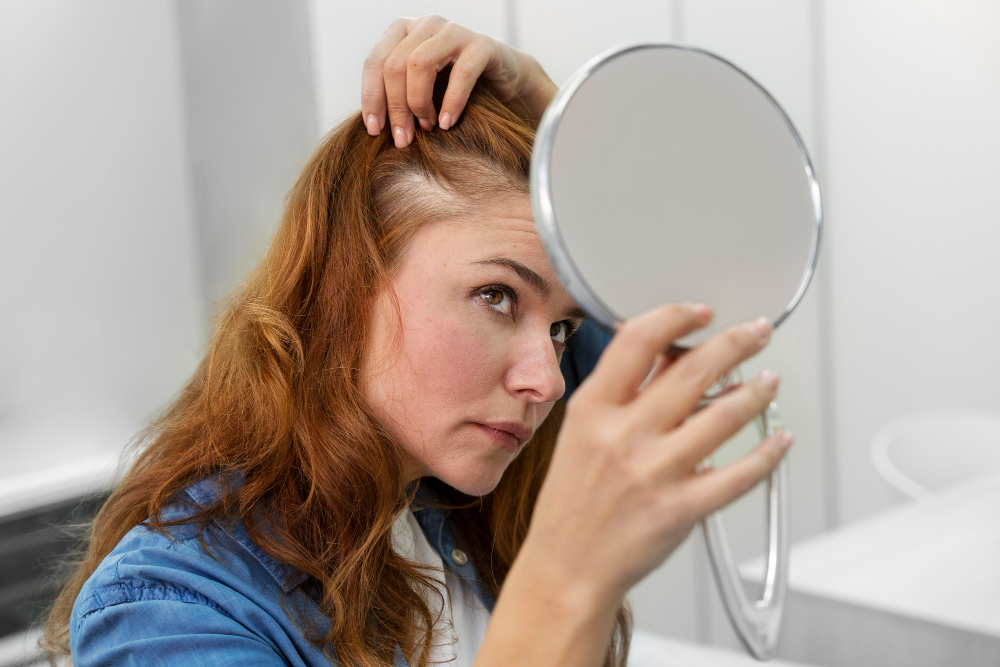What is Seborrheic Dermatitis?
Seborrheic dermatitis is a common skin condition. It causes red, scaly, and itchy patches. Often, it affects the scalp, face, and upper chest. Many people notice white or yellow flakes, sometimes called dandruff. Although it can be bothersome, seborrheic dermatitis is not contagious. With proper care, you can manage its symptoms. According to the American Academy of Dermatology, this condition affects both adults and infants.
Common Symptoms
Symptoms of seborrheic dermatitis can vary. However, most people notice the following signs:
Sometimes, symptoms get worse in cold or dry weather. For some, stress can also trigger flare-ups.
Causes and Risk Factors
Doctors are not sure of the exact cause of seborrheic dermatitis. Still, several factors may play a role. For example, a type of yeast called Malassezia lives on the skin. When it grows too much, it can lead to symptoms. In addition, oily skin and certain health conditions increase the risk.
Common risk factors include:
Although anyone can get seborrheic dermatitis, it is more common in adults between 30 and 60 years old and in infants (where it is called cradle cap).
Diagnosis
Doctors usually diagnose seborrheic dermatitis by looking at your skin. They may ask about your symptoms and medical history. Sometimes, they gently scrape a small skin sample to rule out other conditions. For example, psoriasis and eczema can look similar. However, a simple exam is often enough for diagnosis.
Treatment Options
There are many ways to treat seborrheic dermatitis. Treatment depends on the area affected and how severe the symptoms are. Most people can manage mild cases at home. However, some may need prescription medicine.
Common treatment options include:
For scalp flaking remedies, using a medicated shampoo two to three times a week can help. In addition, always follow your doctor’s instructions for any prescription treatments.
Lifestyle and Home Care Tips
Along with medical treatments, daily care can make a big difference. Here are some tips for treating seborrheic dermatitis at home:
Additionally, avoid scratching, as it can make symptoms worse. If you notice irritation, try switching to a milder product.
Prevention Strategies
While you may not be able to prevent seborrheic dermatitis completely, you can lower your risk of flare-ups. For instance, regular washing and gentle skin care help. Also, keeping stress under control is important.
Prevention tips include:
Because triggers can vary, it helps to notice what makes your symptoms worse. Then, you can adjust your routine as needed.
When to See a Dermatologist
Most cases of seborrheic dermatitis can be managed at home. However, you should see a dermatologist if:
Early treatment can help prevent complications. Therefore, do not wait to seek help if you are unsure.
In summary, seborrheic dermatitis is a common but manageable skin condition. With the right care, most people find relief.
Consult Dr. Kavita Singh for personalized advice on managing seborrheic dermatitis and achieving healthier skin.

